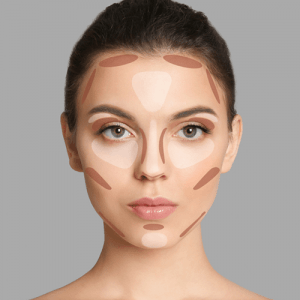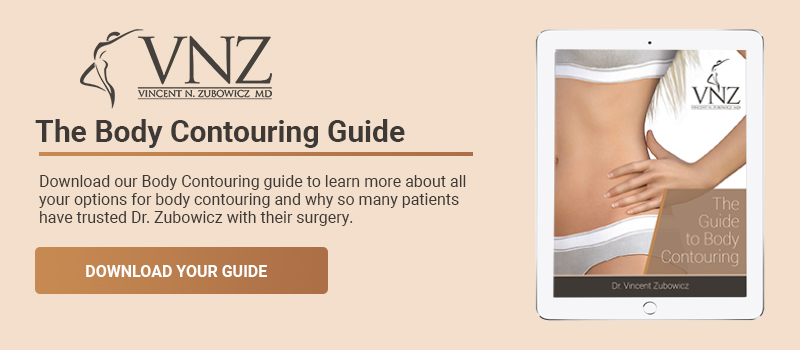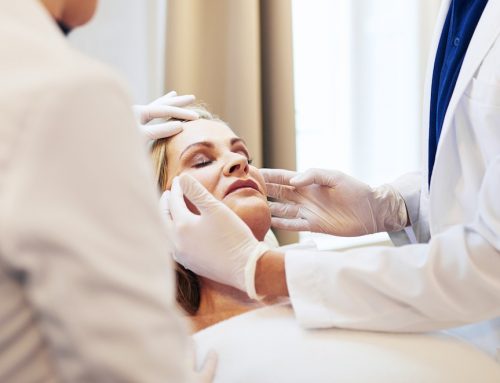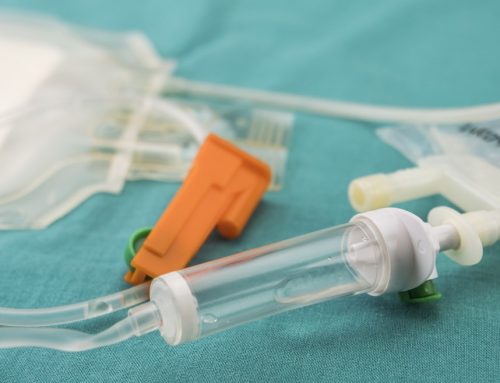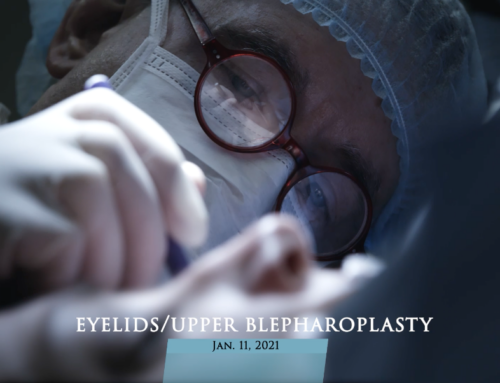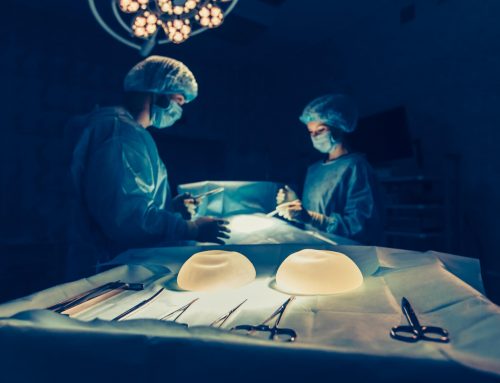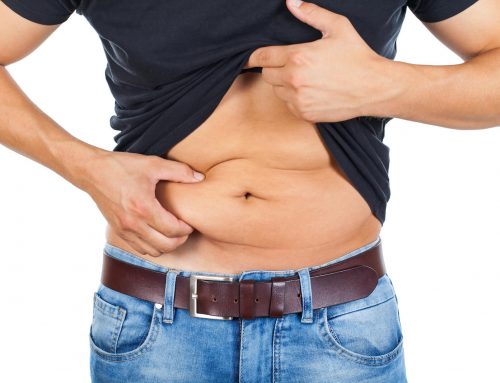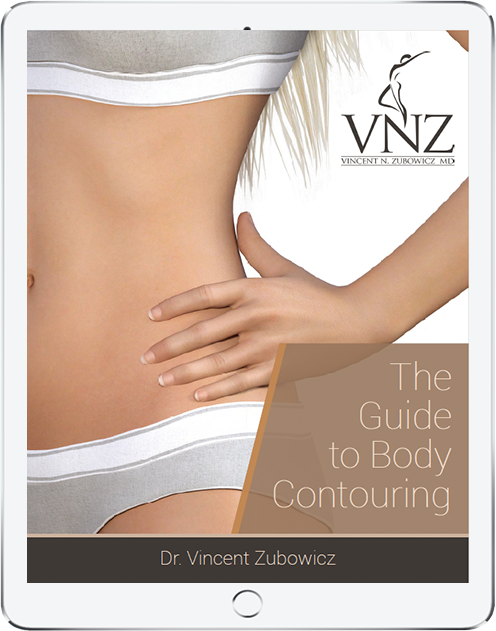Liposuction is a surgical procedure in which fat deposits are removed from beneath the skin to provide a more attractive shape. Generally, the hips, waist, thighs, buttocks, back, neck, arms, calves, and ankles are reshaped for a thinner appearance. Liposuction is sometimes done in conjunction with other cosmetic surgery techniques.
How Is Liposuction Done?
In the procedure, a thin tube called a cannula with a vacuum attached is inserted under the skin and gently worked to loosen and remove the excess fat. A number of techniques are used, including injecting fluid to help break down fatty tissue, ultrasound waves to break up the tissue or lasers that liquefy fat before removal. During the process, the patient is under general anesthesia. The surgery may take from one to five hours.
Recovery After Liposuction
After surgery, the patient is sent home to rest for several days. The liposuction site may be bruised or reddened. The patient may experience some discomfort. Generally, the plastic physician will prescribe medications to keep the patient comfortable. Usually, swelling occurs after the procedure, and the physician may wrap the area with elastic bandages to reduce this swelling.
What Causes Swelling After Liposuction?
The liposuction procedure causes trauma to the tissues and blood vessels under the skin. The lymphatic system reacts by sending out fluid to protect the areas where fatty tissue is removed. Some people produce a great deal of this protective fluid. Others produce less. Some of the liquid that leaks from the drainage tube is the saline the physician injects to loosen the tissue. Once the tissue begins to heal, the swelling gradually decreases. It continues to decrease until the area looks and feels normal.
How to Reduce Swelling After Liposuction
After the liposuction procedure is complete, it is important to stay hydrated to aid healing. Massage the area gently to encourage circulation that will carry away fluids from the area. Eat healthy foods that are low in sodium. Discuss with your physician the medications you take regularly. They might have an effect on your body fluid levels.
Follow the physician’s instruction on the care of drainage tubes and medications you should take. Many cosmetic surgeons provide a compression garment to be worn that helps to support the area and also helps to decrease swelling. Follow your doctor’s instructions on wearing this support garment.
Generally, the most intense symptoms occur within two weeks after the procedure. However, it may take as long as six months for the full effect of the procedure to be seen. Manage your weight carefully to prevent gaining weight in other areas of your body.
The swelling and bruising after liposuction is a completely normal aftereffect of surgery. Following your doctor’s instructions exactly will help to reduce post-surgical swelling quickly.





